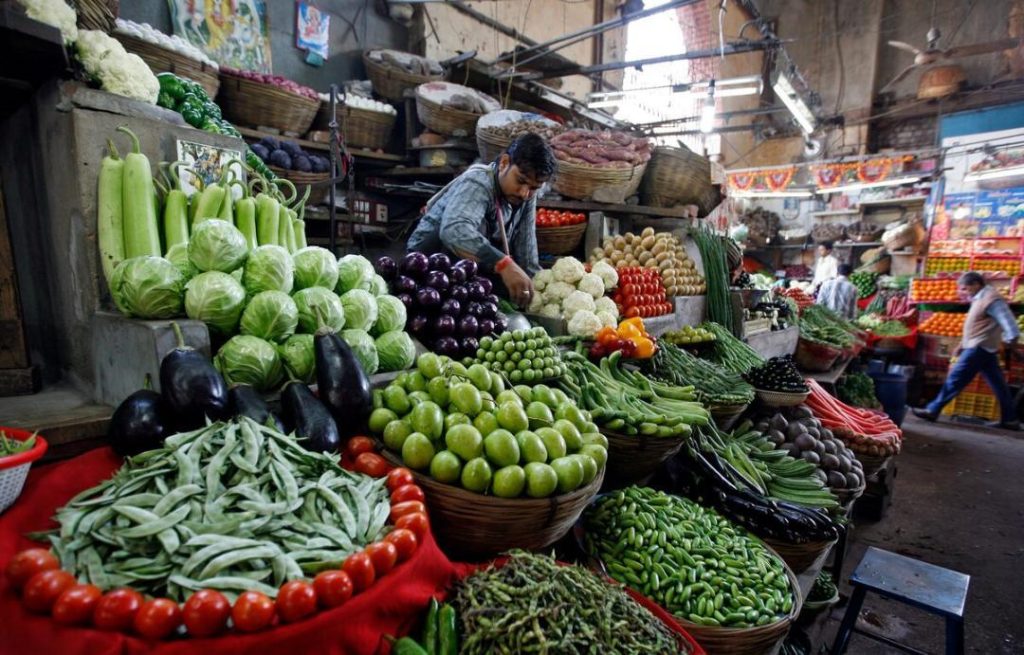
Which items saw highest & lowest inflation in January?
As the prices of essential commodities continue to fluctuate, it’s essential to track the inflation rates of various items to understand the impact on our daily lives. In this blog post, we’ll explore the top five items that experienced the highest year-on-year inflation in January 2025 and the key items that saw the lowest inflation rates during the same period.
Highest Inflation Items
The data released by the Ministry of Commerce and Industry reveals that the top five items showing the highest year-on-year inflation at the all-India level in January 2025 are:
- Coconut oil: With an astonishing 54.20% year-on-year inflation rate, coconut oil tops the list. This significant increase is attributed to the rising demand for coconut oil in the domestic market, coupled with a shortage of supply.
- Potato: The price of potatoes surged by 49.61% in January 2025, making it the second item on the list. This increase is mainly due to the unseasonal hailstorms and frost that affected potato production in several states.
- Coconut: Coconut prices rose by 38.71% year-on-year, making it the third item on the list. The increase is attributed to the rising demand for coconut products, including coconut oil and coconut-based snacks.
- Garlic: With an inflation rate of 30.65%, garlic takes the fourth spot. The increase in price is mainly due to the fluctuating weather conditions, which affected garlic production in some parts of the country.
- Peas (vegetables): Rounding out the top five is peas, which experienced an inflation rate of 30.17%. The increase in price is attributed to the unseasonal rain and hailstorms that affected pea production in some regions.
Lowest Inflation Items
On the other end of the spectrum, the key items that saw the lowest year-on-year inflation in January 2025 are:
- Jeera: Jeera, also known as cumin, experienced a whopping -32.25% year-on-year inflation rate, making it the item with the lowest inflation rate. This significant decrease is attributed to the increased production and supply of jeera.
- Ginger: With an inflation rate of -30.92%, ginger takes the second spot. The decrease in price is mainly due to the improved weather conditions, which led to an increase in ginger production.
- Dry chillies: Dry chillies experienced an inflation rate of -11.27%, making it the third item with the lowest inflation rate. The decrease in price is attributed to the increased supply of dry chillies.
- Brinjal: With an inflation rate of -9.94%, brinjal takes the fourth spot. The decrease in price is mainly due to the improved weather conditions, which led to an increase in brinjal production.
- LPG: Finally, LPG (Liquefied Petroleum Gas) experienced an inflation rate of -9.29%, making it the item with the lowest inflation rate. The decrease in price is attributed to the government’s efforts to reduce the prices of LPG cylinders.
Conclusion
The data highlights the significant variations in inflation rates across different commodities. While some items like coconut oil, potato, coconut, garlic, and peas experienced high inflation rates, others like jeera, ginger, dry chillies, brinjal, and LPG saw significant decreases in prices. Understanding these trends is crucial for businesses, consumers, and policymakers to make informed decisions about investments, spending, and policy interventions.
Source:






